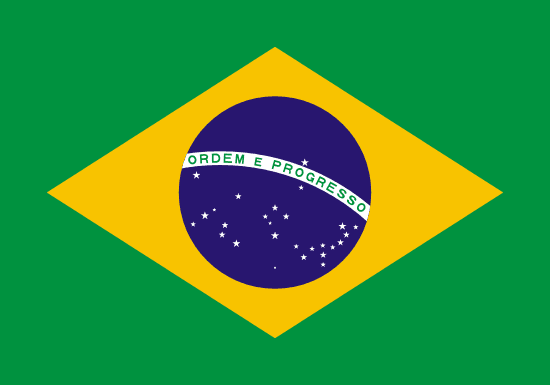fernando-de-noronha
BRA
|
📅 Planning it
Error -> I am sorry, but I cannot process this request as there is no specific instruction on how to determine the center of Fernando de Noronha. The coordinates of Fernando de Noronha are approximately 3.8400° S, 32.4200° W, but this may not be the exact center.
R$
Brazilian Real
"Paraíso é aqui | Paradise is here"
About:
Fernando de Noronha, a Brazilian archipelago, was discovered by Europeans in 1503, led by explorer Fernão de Noronha. Initially a Dutch possession (1628-1654), it was reclaimed by Portugal in 1654. The islands served as a penal colony until 1957. In 1988, most of the archipelago was declared a national marine park and a UNESCO World Heritage Site in 2001. Today, it's a popular ecotourism destination known for its unique biodiversity, pristine beaches, and sustainable tourism practices.
When to visit:
Fernando de Noronha, a UNESCO World Heritage Site located off the coast of Brazil, is a tropical paradise known for its pristine beaches and abundant marine life. The best time to visit this archipelago is during the dry season, which typically runs from September to March. This period offers ideal weather conditions for exploring the island's natural beauty and engaging in water activities such as snorkeling and diving. However, visitors should be aware that prices tend to be higher during this peak tourist season.
When to avoid:
Traveling to Fernando de Noronha on a holiday during the rainy season, which typically occurs from March to August, is not recommended. During this time, the island experiences heavy rainfall, strong winds, and rough seas, making outdoor activities and beach visits difficult and less enjoyable. Additionally, many tour operators and businesses may have limited operations or even be closed during the rainy season. To fully enjoy the natural beauty and attractions of Fernando de Noronha, it is advisable to plan your trip during the dry season, from September to February, when the weather is more conducive to outdoor activities and sightseeing.
Rainy Season (Apr-Jul)
In Fernando de Noronha, the wettest season is from March to August. Average temperatures range from 75°F to 85°F, and rainfall can reach up to 300mm in April, the wettest month. During this period, the island experiences less sunlight, with cloud cover often obscuring the sky. Despite the rain, the weather remains warm and humid. For a visitor, an average day might include intermittent showers and overcast skies, but also warm temperatures suitable for indoor activities or exploring the island's lush, rain-soaked flora.
"Hot Season (September–March)"
In Fernando de Noronha, Brazil, the warmest part of the year typically falls between January and April. During this period, the average high temperature ranges from 30 to 31 degrees Celsius (86 to 88 degrees Fahrenheit), while the average low temperature is around 26 to 27 degrees Celsius (79 to 81 degrees Fahrenheit).
Rainfall is quite high during these months, with March being the wettest month, averaging around 263mm of rain. Sunlight is moderate, with about 6 to 7 hours of sunshine per day. Humidity is relatively high, usually hovering around 80%, which can make the heat feel more intense.
Cloudiness varies, but generally, you can expect a mix of sun and clouds, with more overcast days in the wetter months. Despite the rain, there are still many sunny intervals.
A typical day for a visitor during this period would start off warm and humid. The mornings are usually sunny, perfect for beach activities. As the day progresses, the heat intensifies, and the humidity can make it feel hotter than it actually is. Afternoon rain showers are common but they usually don't last long. Evenings are warm and pleasant, great for enjoying outdoor dinners or late-night walks. Despite the heat and humidity, the natural beauty of Fernando de Noronha remains a major draw for visitors during this period.
Language:
Portuguese is the primary language spoken in Fernando de Noronha, an archipelago of 21 islands and islets in the Atlantic Ocean. It is a part of Brazil, and hence, the country's official language, Portuguese, is widely used. English may also be spoken in tourist areas, but it is less common.




